”What has happened in the North American market is consolidation, a key trend is taking place. Especially within the vine crop markets, they consolidated down to almost a classic industry structure. Retailers are in the very same breath saying ‘I want local- and fresh products from a small producer’. They are forced because of their consolidated market share to deal with every bigger supplier in the agriculture and produce space,” says David Chen, CEO of Equilibrium Capital in an Asia-Pacific Agri-Food Innovation Summit panel.
David led the 'state of CEA and vertical farming and the road ahead’ panel and joining him were Jay Desan, Co-Founder of BoomGrow, Jesper Hansen, CCO of YesHealth Group, Jessica Naomi Fong, CEO and founder of Common Farms, and Frank Barillaro, Partner at Roc Partners.
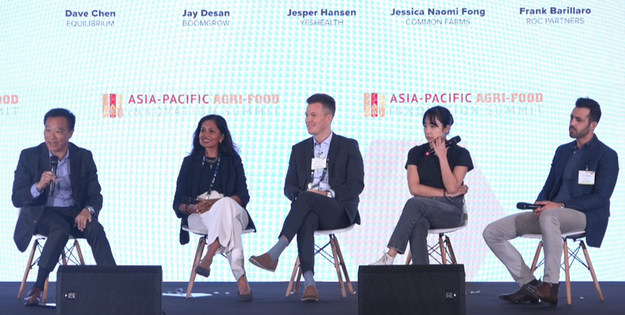
David Chen, Jay Desan, Jesper Hansen, Jessica Naomi Fong, and Frank Barillaro
As he continues, David has seen loads of mergers take place that he likes to call 2-3 billion revenue giants that have marketing strengths and then have an owned farm component to their business model. As well as a powerful sourcing model, which has been seen in the greenhouse space. “We now have four to five players that are all going to be in this space, just under a billion to a billion and above. However, this trend will not be changing which causes the industry to change its structure.”
While addressing trends, David pointed out the so-often-heard vertical farms and greenhouse startup failures. "The aftermath and reboots are becoming successful in many ways, emulating the following strategies: capital-efficient, highly-focused business models, asking not so much what can we grow, but what should we grow and that is a very important distinction. You should grow the things that you are uniquely served to grow that create a competitive advantage as opposed to I can grow everything.”
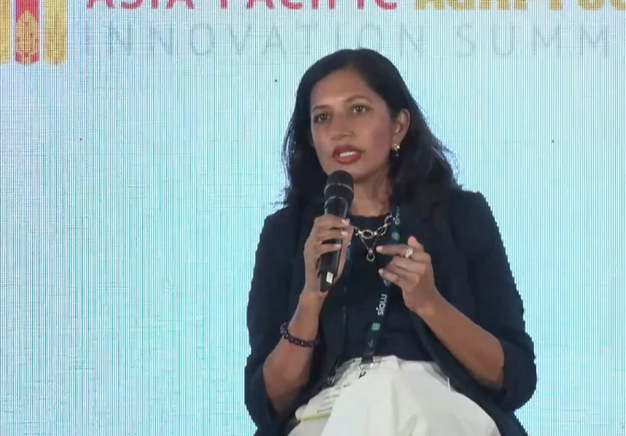
Jay Desan
‘The recipe of success’
Jay Desan, Co-founder of Boomgrow said: “It’s critical to understand in what context you operate. The underlying systems that inform all the decision-making, enable understanding the consumer at the heart of the consumption. Thus, meeting the consumption demand and understanding consumption patterns.” Serving about 80% of five-star hotels in Malaysia and a small share in the Philippines, B2B is the agtech’s biggest market. Supplying farms on-site has permitted traceability transparency from the context of the farming system; connecting customers with data.
Diving into the resource efficiency of vertical farms, Jesper Hansen, CCO of YesHealth Group remarked, ”There is one concept I keep seeing, Asia has been a manufacturing powerhouse for the past decades. In manufacturing, we have a concept we call ‘4 M’s 1 E’ which YesHealth has been following in the past decades. We’ve come to understand that any challenge and potentially any solution should be found in four M’s and one E. Those four M’s are Machine (technology), Material (input), Method (how-to), its Men (the machine user) and finally, the E is for Environment (in which you operate).”
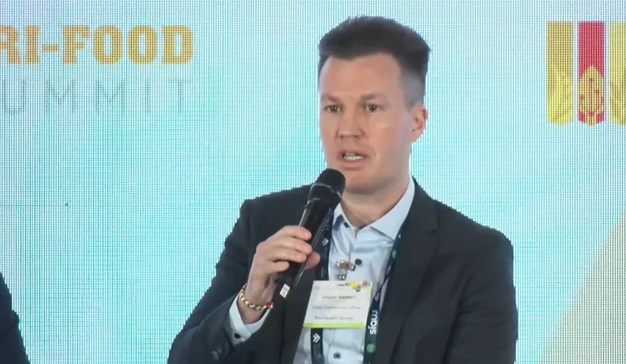
Jesper Hansen
According to Jesper, once a problem resurfaces there is no need to immediately write off a technology or machine. Instead, the problem can be solved by any of the other factors. The technology is not only the machine itself, but it’s the sum of all five components. “This methodology allowed us to sit down and look at how to resolve the issue in the most cost-efficient way, which is fundamental in Asia.”
Commenting on that, David Chen with Equilibrium asked how the panelists have dealt with competitiveness and investment in an Asian landscape. Answering his question, Jessica Naomi Fong, Founder and CEO of Common Farms remarked, ”99% of our competition is the imported produce. We have to compete for our customer base which is hotels and restaurants. Our approach was locking in customers, then determining what they want, what their problems are, and how to solve these immediately. After pulling in these demands we started building the production based on these demands. Initially, we have been growing that diversity and growing the crops that are hardest to import. Thus adding value in terms of food waste and cost. Therefore, we’re only focusing on high-value crops to make the unit economics work, given we’ve started small and conservative.”
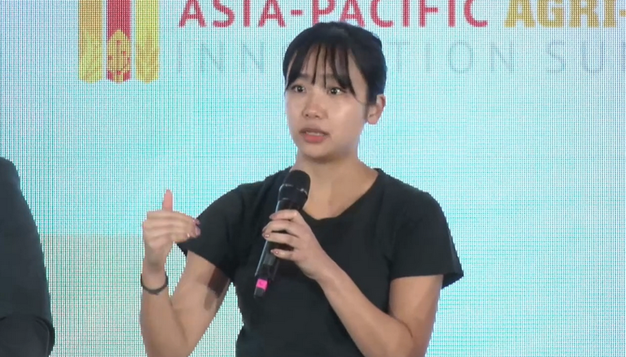
Jessica Naomi Fong
Given CEA players can be found all around the world, Australian players e.g. are facing completely different challenges, remarked Frank Barillaro, Partner at ROC Partners. “For us, it’s not the land scarcity, but rather the cost of infrastructure given the labor costs that only seem to get higher.”
The investment firm has noticed an increasing push in retailers pushing for a consistent supply as consumers are expecting, local, products to be available year-round off the shelf. However, those high expectations have changed the way production systems have to respond. Therefore, ROC is increasingly looking at CEA to see whether they can move into adjacent markets and how that would work.
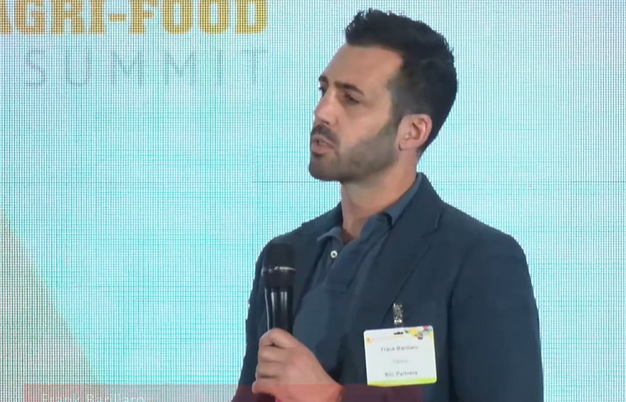
Frank Barillaro
“We see a lot of startups that have great ideas, however, they don’t have a proven concept yet. As a later-stage investor, it makes it more challenging for us to accept such a case as an investment proposition. It’s encouraging to see that many companies have done the hard yards of sweat and have cracked the formula on how to make things work. Yet, therefore, I think there are opportunities to bring technology, the know-how and develop systems in Australia. We can expand away from what we’ve traditionally grown into different forms of produce.”

For more information:
Henry Tonkin, Event organizer
Asia-Pacific Agri-Food Innovation Summit
henry.tonkin@rethinkevents.com
www.agrifoodinnovation.com

Equilibrium
David Chen, CEO
+1 971-352-8430
info@eq-cap.com
eq-cap.com

BoomGrow Farms
Jay Desan, co-founder
jay@boomgrowfarms.com
www.boomgrowfarms.com
YesHealth Group Jesper Hansen, CCO
Jesper Hansen, CCO
www.yeshealthgroup.com
 Common Farms
Common Farms
Jessica Naomi Fong, founder and CEO
hello@commonfarms.com
www.commonfarms.com
 Roc Partners
Roc Partners
+61 2 9099 1900
Level 4, 11 Young Street
Sydney NSW 2000
www.rocp.com
